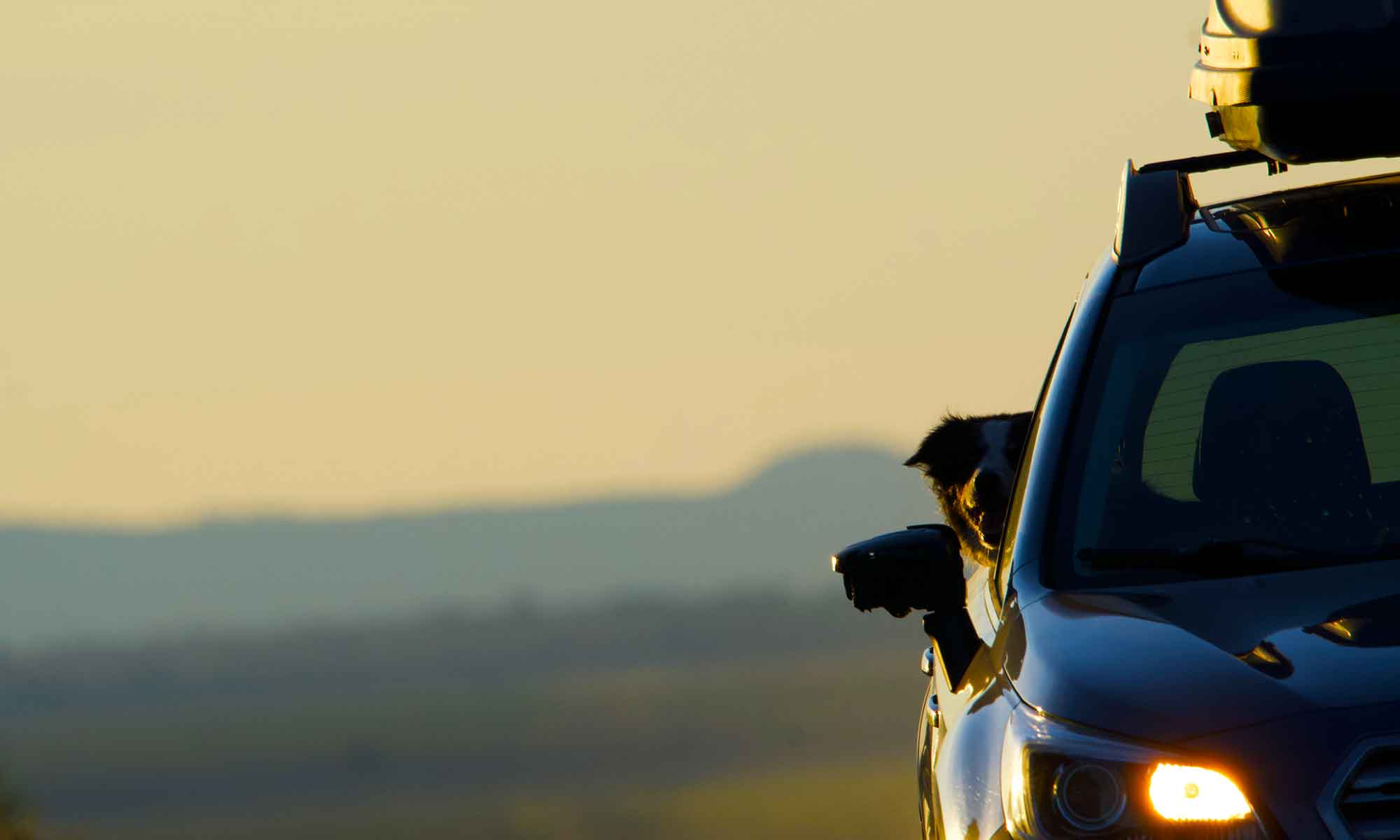
 It has been some time since we visited Painted Hills, so this week we spent a day walking trails and taking pictures, very touristy of us.
It has been some time since we visited Painted Hills, so this week we spent a day walking trails and taking pictures, very touristy of us.
The Painted Hills Unit gets a lot of hype on the internet . . . heck, it’s listed as one of the 7 Wonders of Oregon.
We are regular visitors to all the John Day Fossil Beds National Monument ‘units’. But this is perhaps our most photographed.
 The stratification that gives the “hills’ distinct layers presents differently depending on the season, as well as time of day.
The stratification that gives the “hills’ distinct layers presents differently depending on the season, as well as time of day.
Our afternoon visit was on a clear day, but there had been a week of rain.
These elements combined to offer some very photogenic views.
Even a quick swing into the Painted Hills is worth the time. As such, it gets worked into many different road trips. Frequent readers of the blog will recognize that.
Usually these excursions are short photo sorties to an overlook about a mile in from the junction of Burnt Ranch and Bear Creek roads.
 We expanded that typical visit this week with some trail walks past other exibit areas.
We expanded that typical visit this week with some trail walks past other exibit areas.
Took a quick pass around a fenced off mound of leaf fossils.
We’re kind of leaf fossil snobs, you see we dug samples when you could still just park at Fossil High School and collect.
Spent a bit more time on the out and back trail at Red Hill.

Not as visually stunning as the overlook hills. It’s a lone mound of red capped with green.

It’s the surrounding landscape that gives the site an ancient look. Did manage to find a lot of photo ops.

We enjoyed ourselves to the point of skipping a trip to Tiger Brewing in Mitchell, so as to avoid night driving. Will be swinging back here again.










 Painted Hills Unit of the
Painted Hills Unit of the 



















 The otherworldly nature of the Painted Hills is why we keep coming back to this unit of the John Day Fossil Beds. The guidebooks suggest spring or fall as good times to visit. This just means that those are the seasons with the most visitors at the monument.
The otherworldly nature of the Painted Hills is why we keep coming back to this unit of the John Day Fossil Beds. The guidebooks suggest spring or fall as good times to visit. This just means that those are the seasons with the most visitors at the monument.



 However, the Painted Hills Unit presents a much larger canvas where stratified layers of soil show off eons of earth history in a very colorful manner.
However, the Painted Hills Unit presents a much larger canvas where stratified layers of soil show off eons of earth history in a very colorful manner.